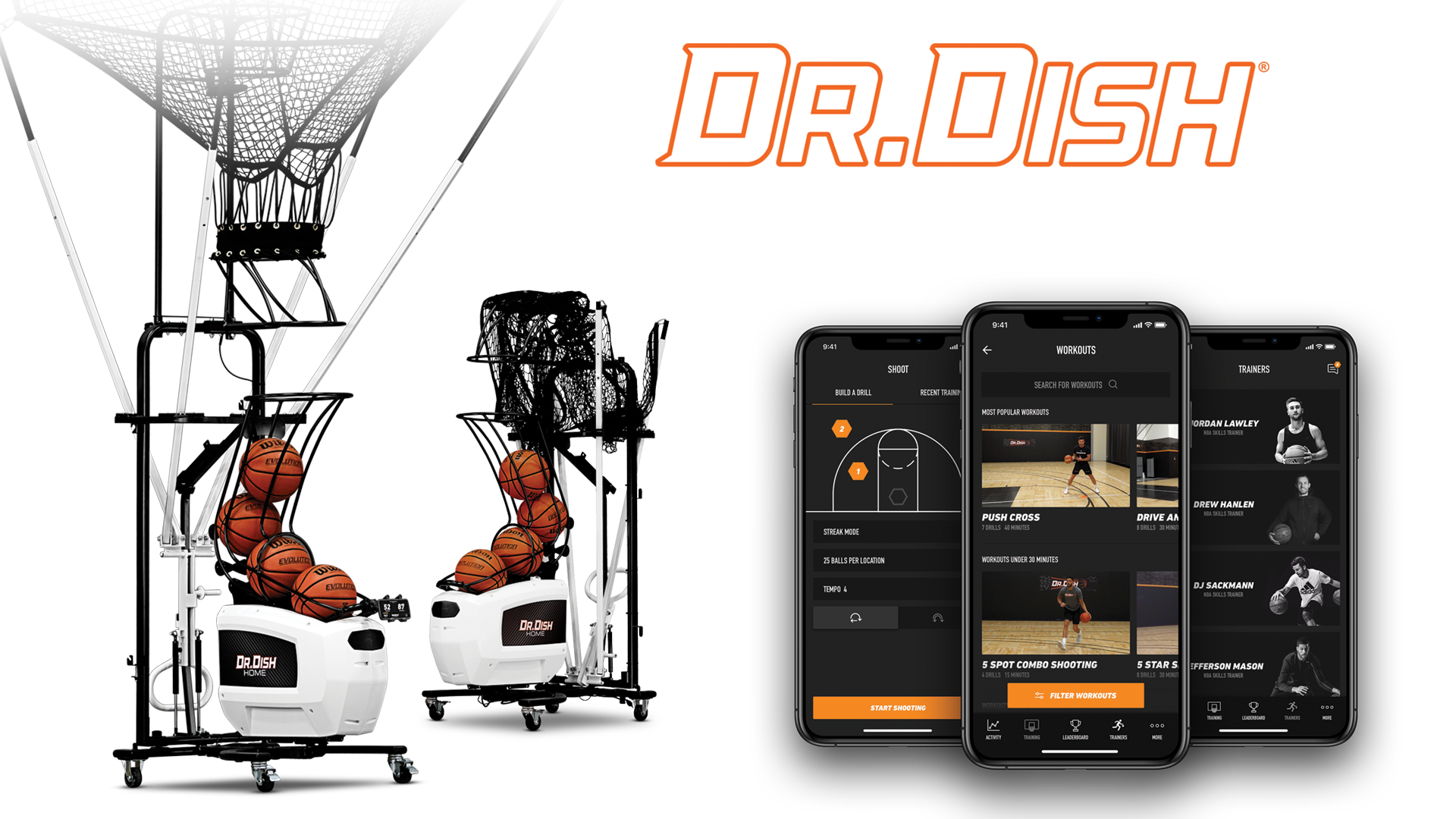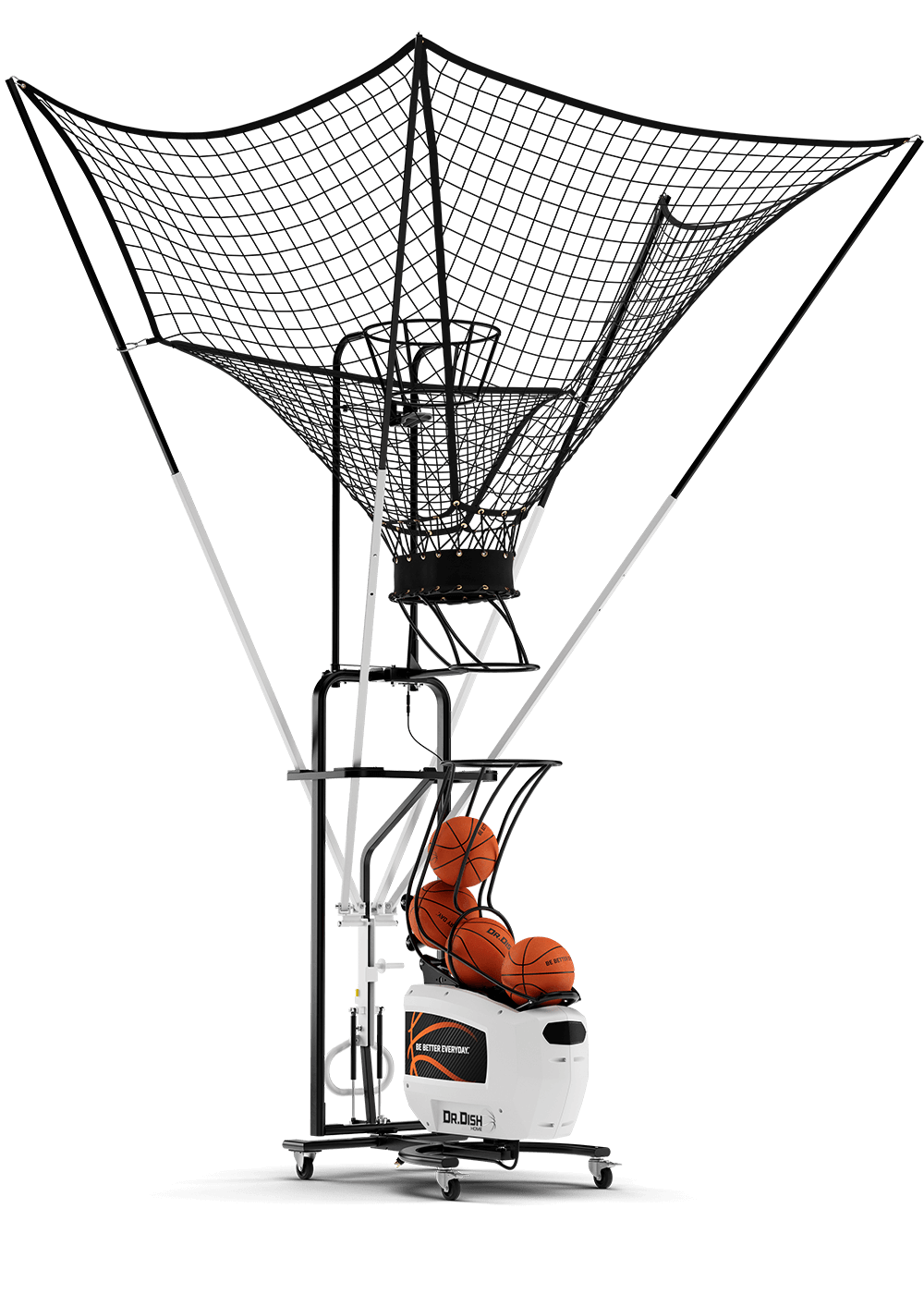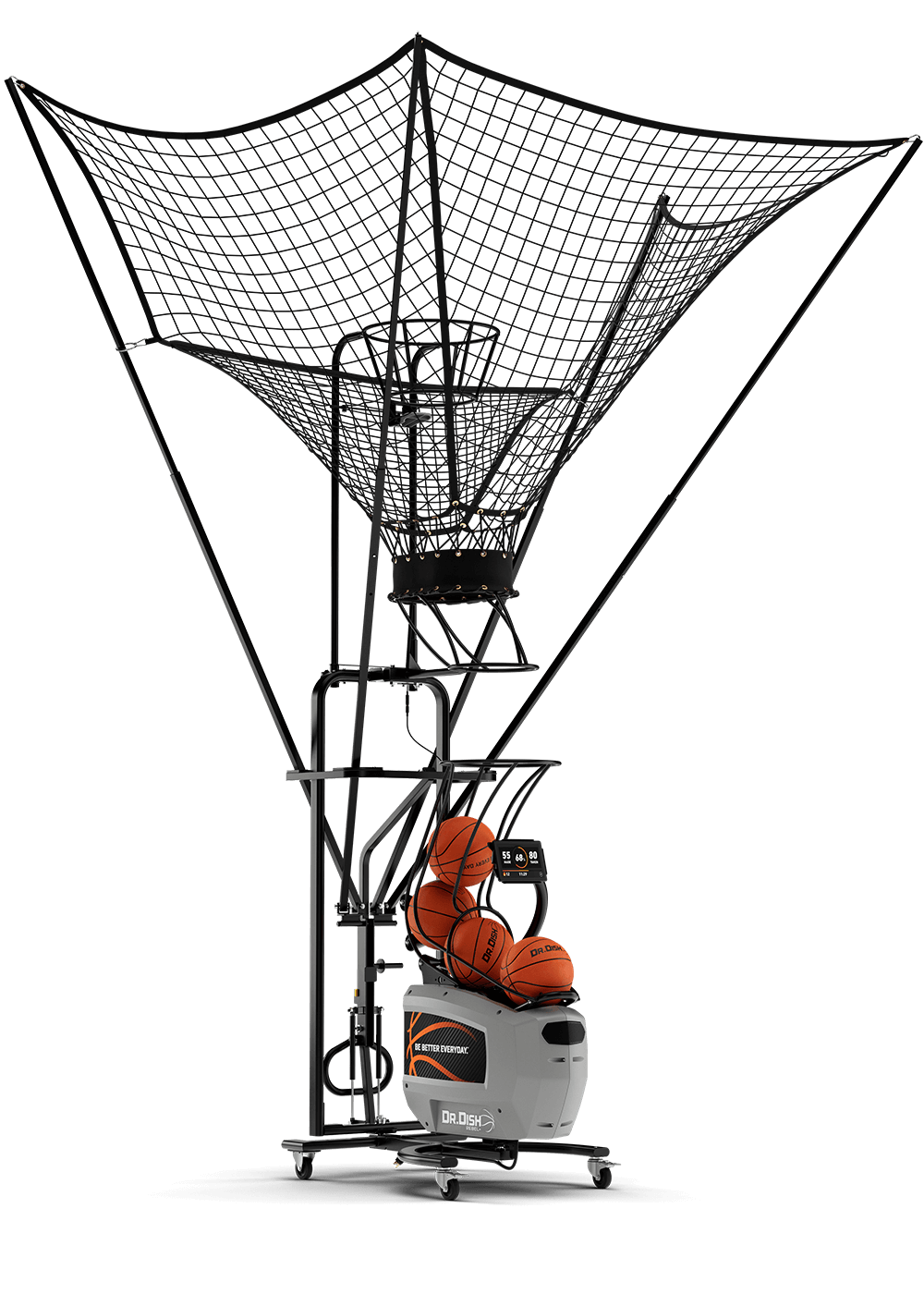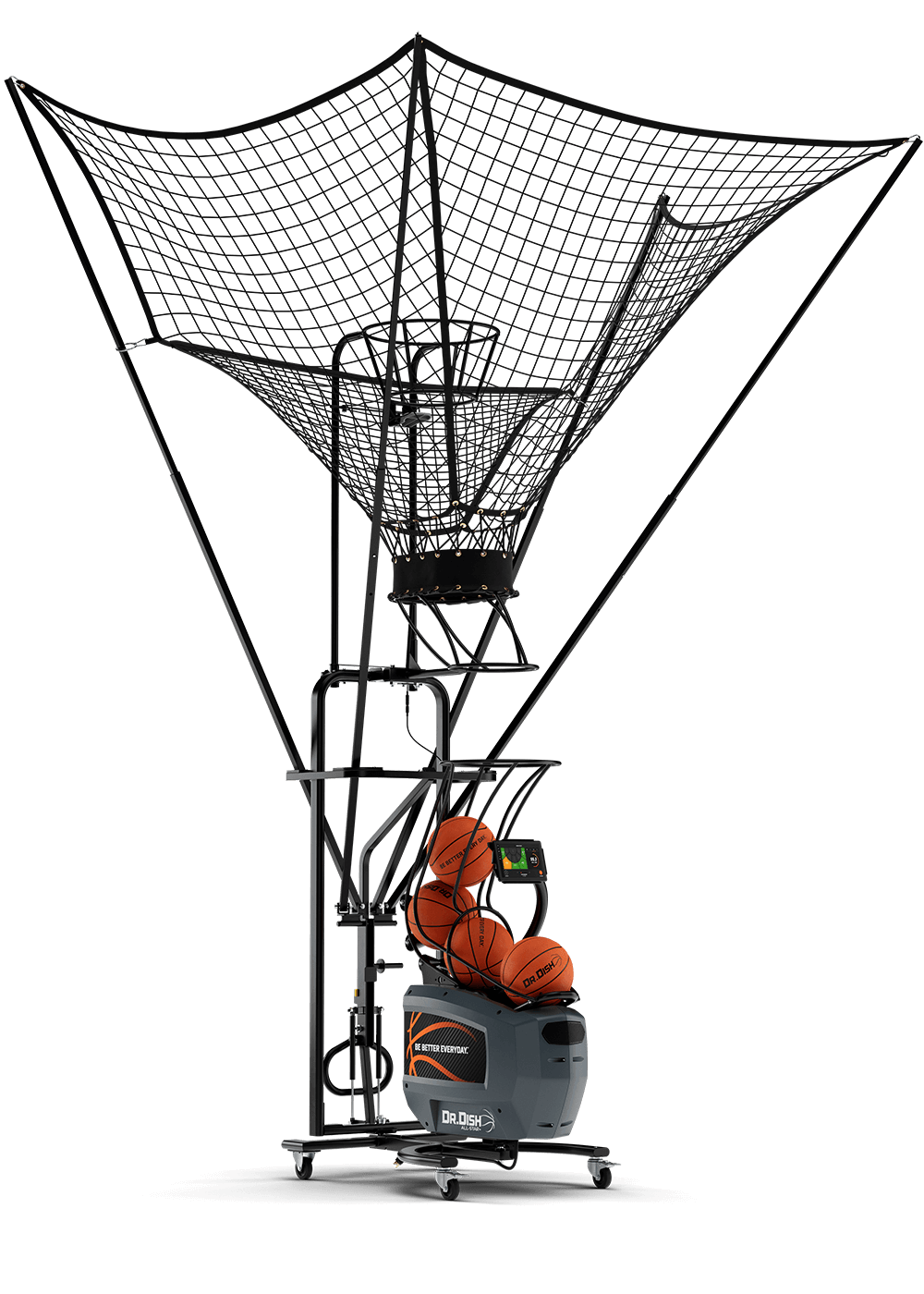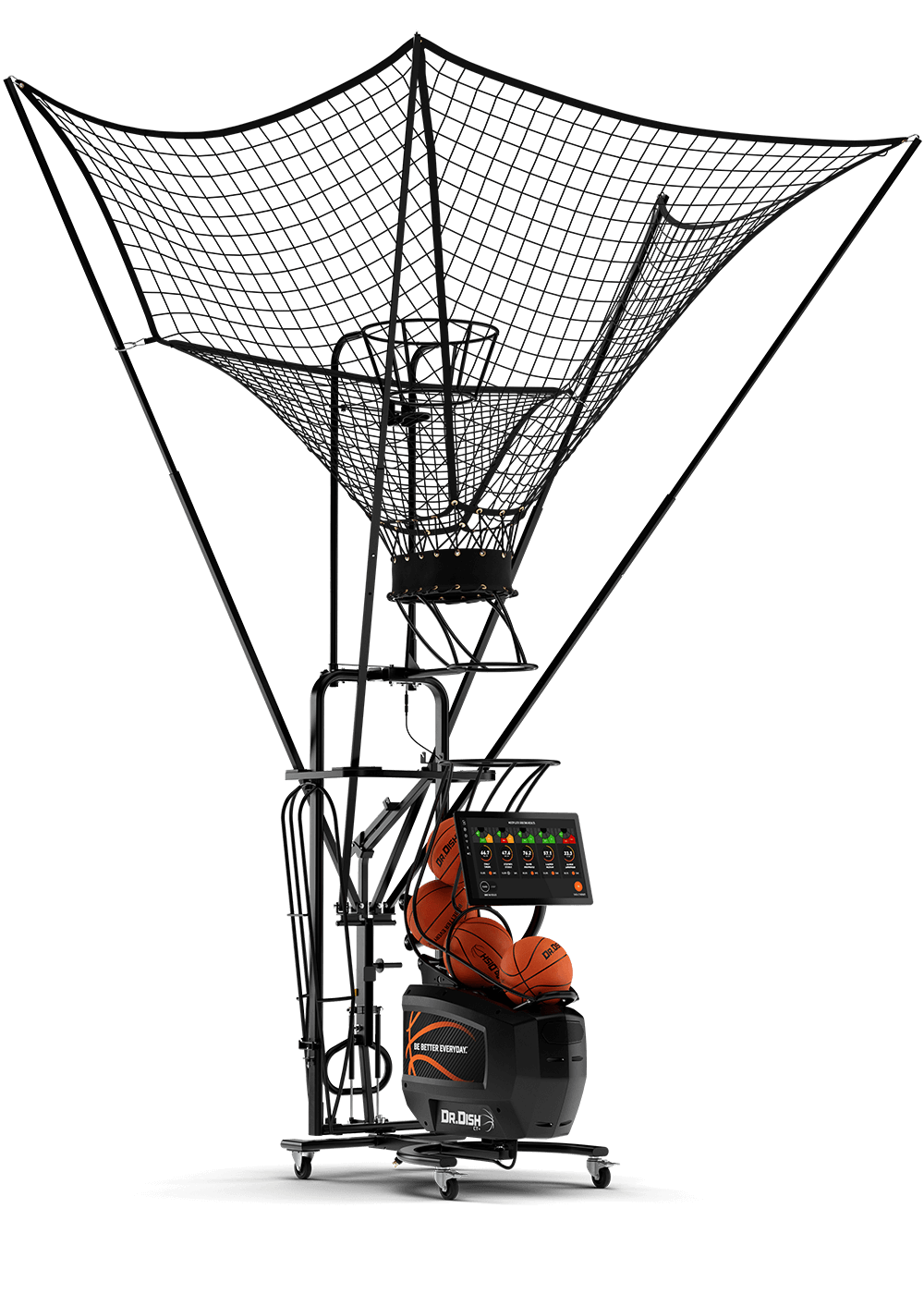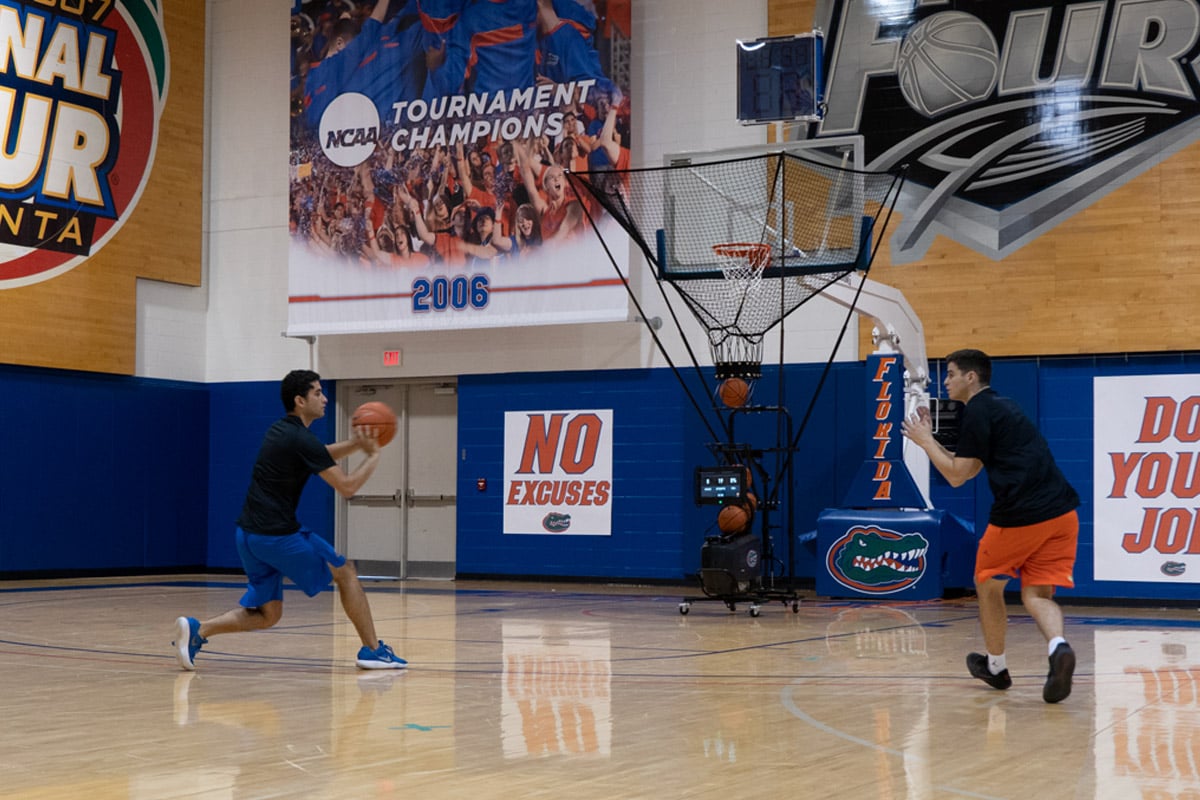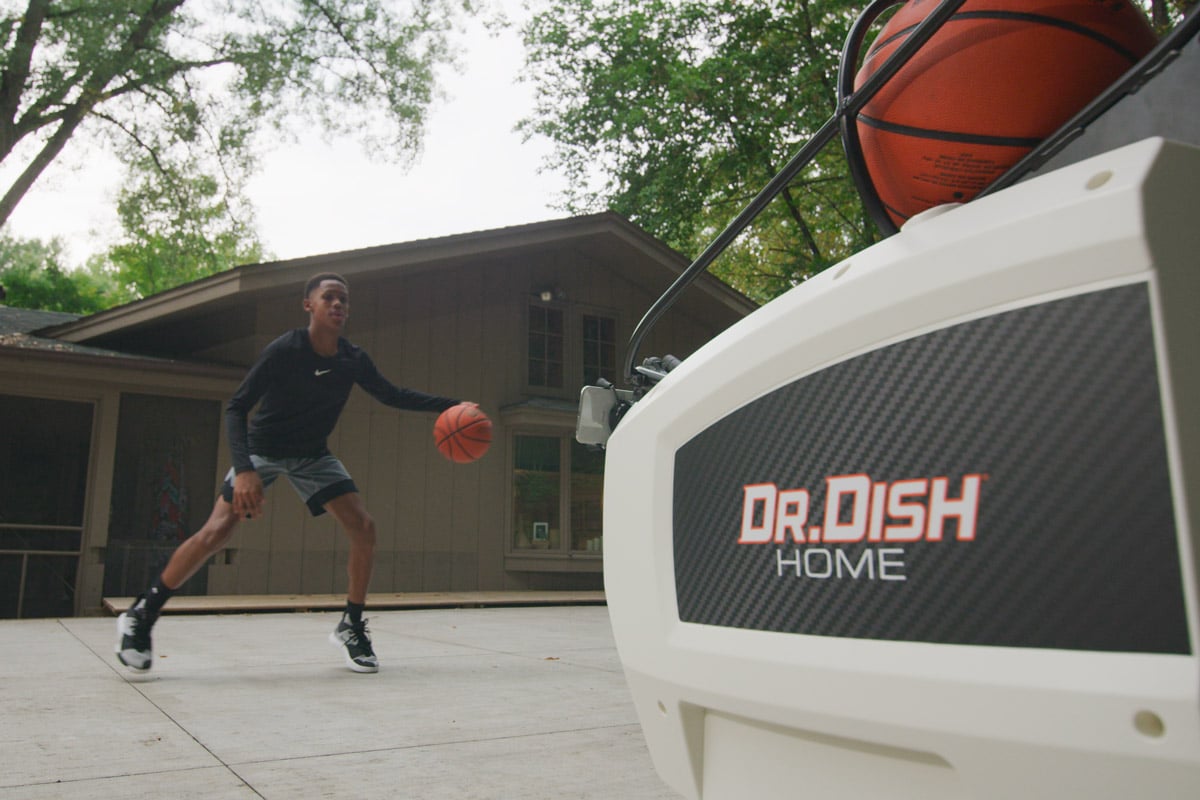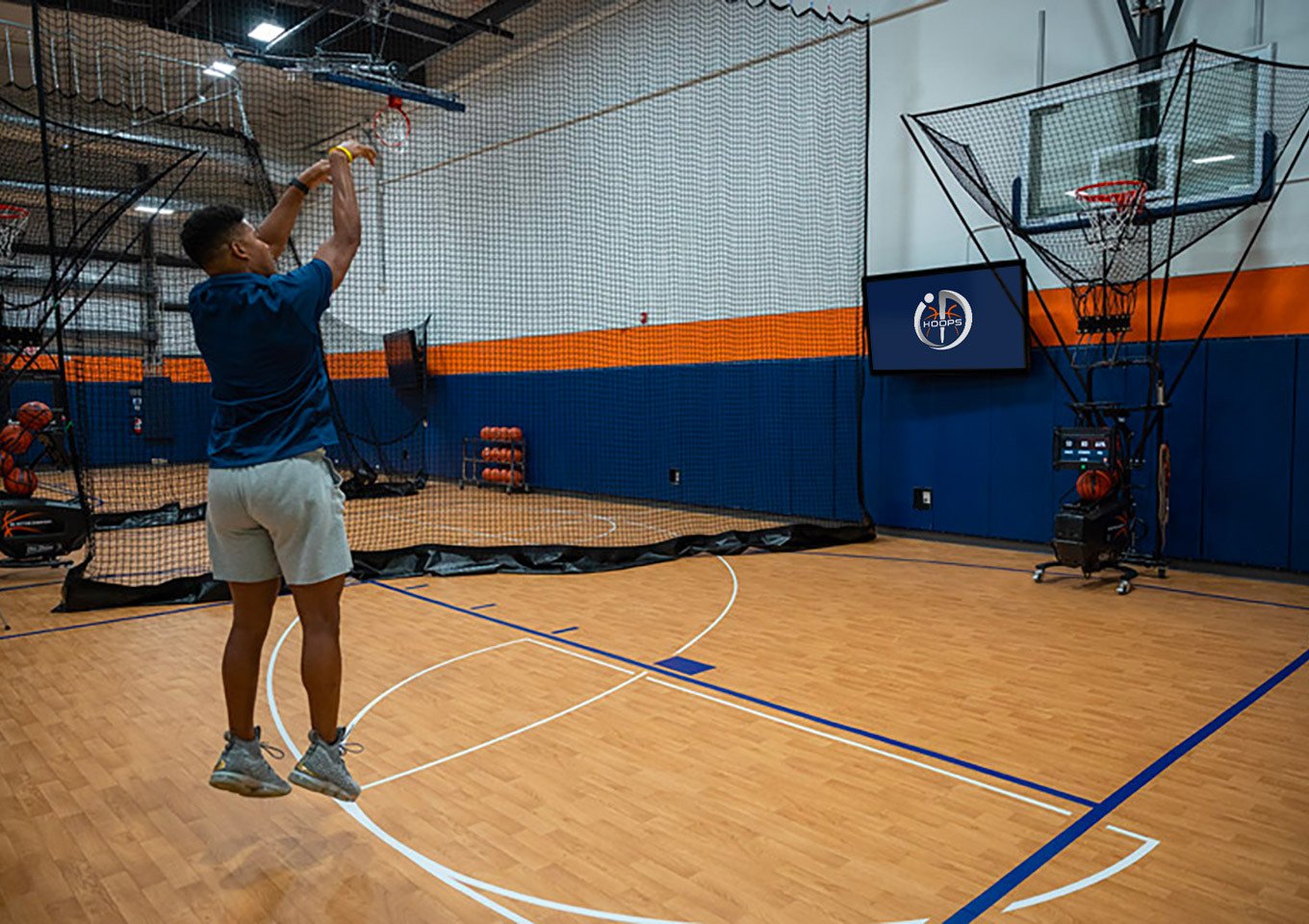7 Steps to Building Your At Home Basketball Court
by Emily Stiemsma, on Dec 24, 2019 8:39:00 AM
A dream of most basketball players is to have a court of their own at their home. Give this post a read for 7 steps to for planning your at home basketball court.
When at a home, a sport court can be made up of pretty much anything as long as you have a basket and a ball! But, some setups are definitely better than others. Depending on your yard/house, a “court” could take form in your driveway, back patio, basement, or the most common - driveway. At my house, we just decided to fill in our pool and install a ½ outdoor court, so I am very familiar with this process.
Here are some decisions you have to make:
1. Determine the general space:
The most important decision if you’re interested in having a basketball court at your home is determining the space. Is your court going to be indoor or outdoor? If outdoor, do you have an existing hard surface or do you need to build one? Start exploring an ideal situation.
As I mentioned, we recently built out our own basketball court at home by replacing the patio and pool in the back. We knew this meant filling in the pool legally, ripping out the patio bricks and then laying a cement slab.
2. Determine the Size of Court:
Most home courts are some version of a ½ court. College regulation courts are 94 ft x 50 ft while high school courts run 84 ft long. Your home court does NOT have to be even close to this, in fact we see a ton of customers that have a small lane-line sized area and still use a Dr. Dish.
For us, getting a college regulation 3 point line was very important so we measured over and over again to ensure we had enough space. To do this, we put a stake in the ground of where the hoop would be and measured out 4 feet to account for the hoop overhang. We then cut a string 20 feet long and drew a large half circle of the estimate 3 point line area.
We filled in our pool and the space allowed for about a 30” x 60” cement slab. This allowed for a NCAA approved 3 point line.
3. Decide on the Surface Type
Budget is typically the main factor for the type of court surface - but it may be also on what you aesthetically prefer. Weather conditions may also play a part in this decision. We live in a heavily wooded area in Minnesota, so opted against investing in VersaCourt tiles due to the debris, maintenance, and cost.
Here are some options to consider:
1. Gravel
2. Pavement
3. Concrete
4. Patio Pavers / Stone
5. Tile
6. Decking
7. SportCourt Tiles
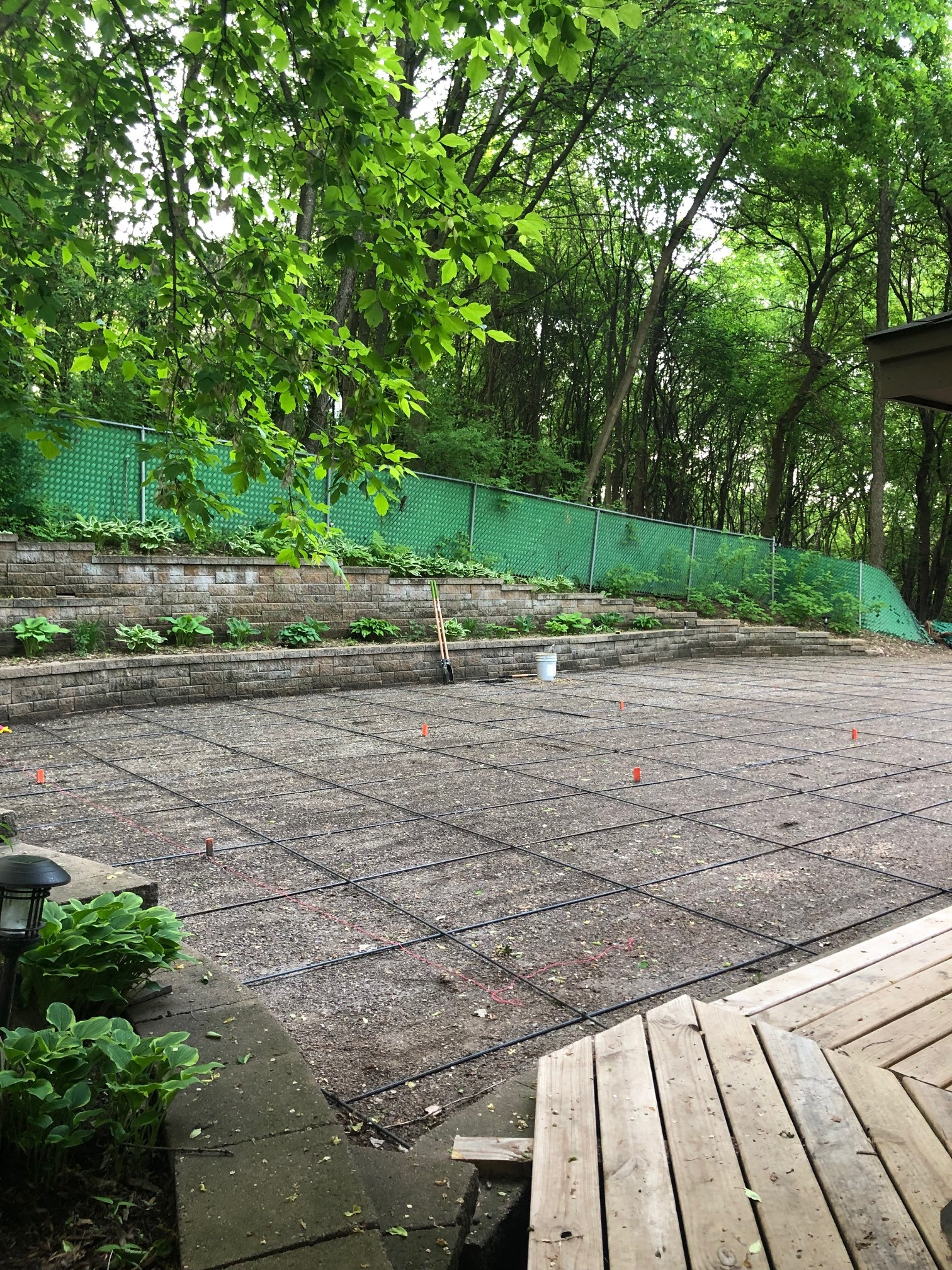
4. Set Your Budget & Get Bids!
Once you have the basic area planned out, with material type decided on, it’s time to get some official bids! Do your research. In our experience, bids can vary greatly and cheaper isn’t always best - opt for a reputable company with reviews you can trust. If you intend to perform any of the work yourself, account for your time and materials. Get a number that you feel comfortable with and move forward with the project.
While you wait for the project to take place there are a few other things you can do:
5. Purchase The Hoop
If you are making the investment in a dedicated area to play basketball, I would suggest you also invest in an in-ground basketball hoop versus a portable one. The main thing you need to be cognizant of is the backboard size and the overhang, as it will impact your court footprint. Here are some brands to consider. We decided to go with MegaSlamXL for ours and love it!
MegaSlam
Spalding
Goalrilla
Goalsetter
Check out this blog post of the Best Portable Hoops for 2019 for some options if you want to go with a portable, less expensive one.
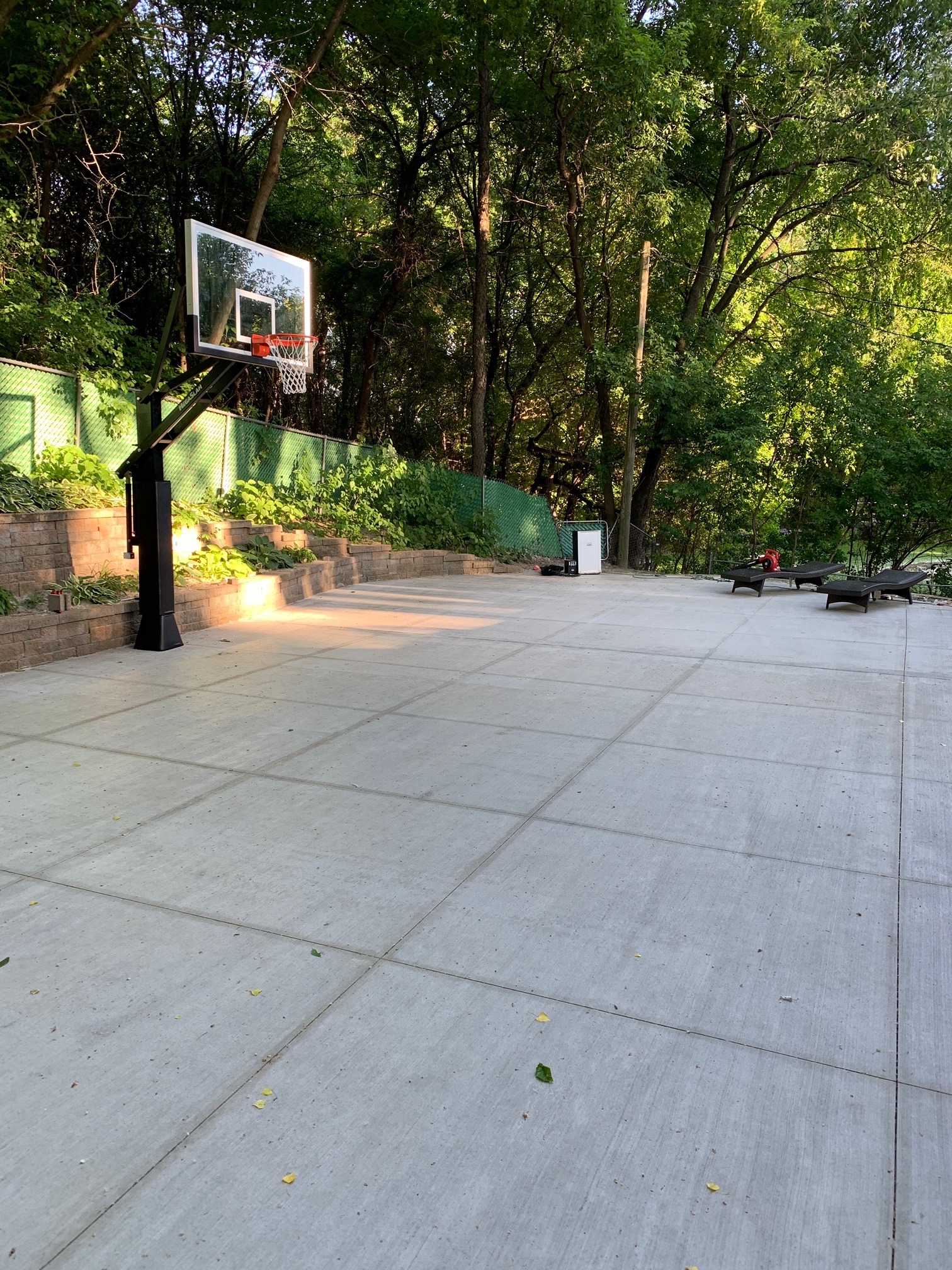
6. Paint Court Lines
Adding painted lines to your court is optional and something you can always come back and do. Having court lines would be very valuable for practice. If you decide to purchase a stenciling kit, this shouldn’t be too tough. It is possible to do this yourself without a stencil but you will have to be very good at measuring/taping and have a steady hand when it comes time to paint!
Here are the most important things to draw in:
- The 3 point line (you pick: NBA, college, or high school)
- The free-throw line: exactly 15 feet from the backboard
- The free-throw lane, 12 feet by 19 feet (the top of the box is the free-throw line)
7. Purchase Accessories
Once the project is complete, with the hoop installed it’s time to get reps up! Make sure to purchase some basketballs that will withstand the environment if your court is outside. We purchased composite balls like this one by Spalding. If your court is indoors, opt for some more game-like balls.
The ultimate accessory would be a Dr. Dish Home for basketball training. This shooting machine designed specifically for home will take your at home court to the next level, with on demand training and over 1,000 reps per hour. The player will never leave your court!
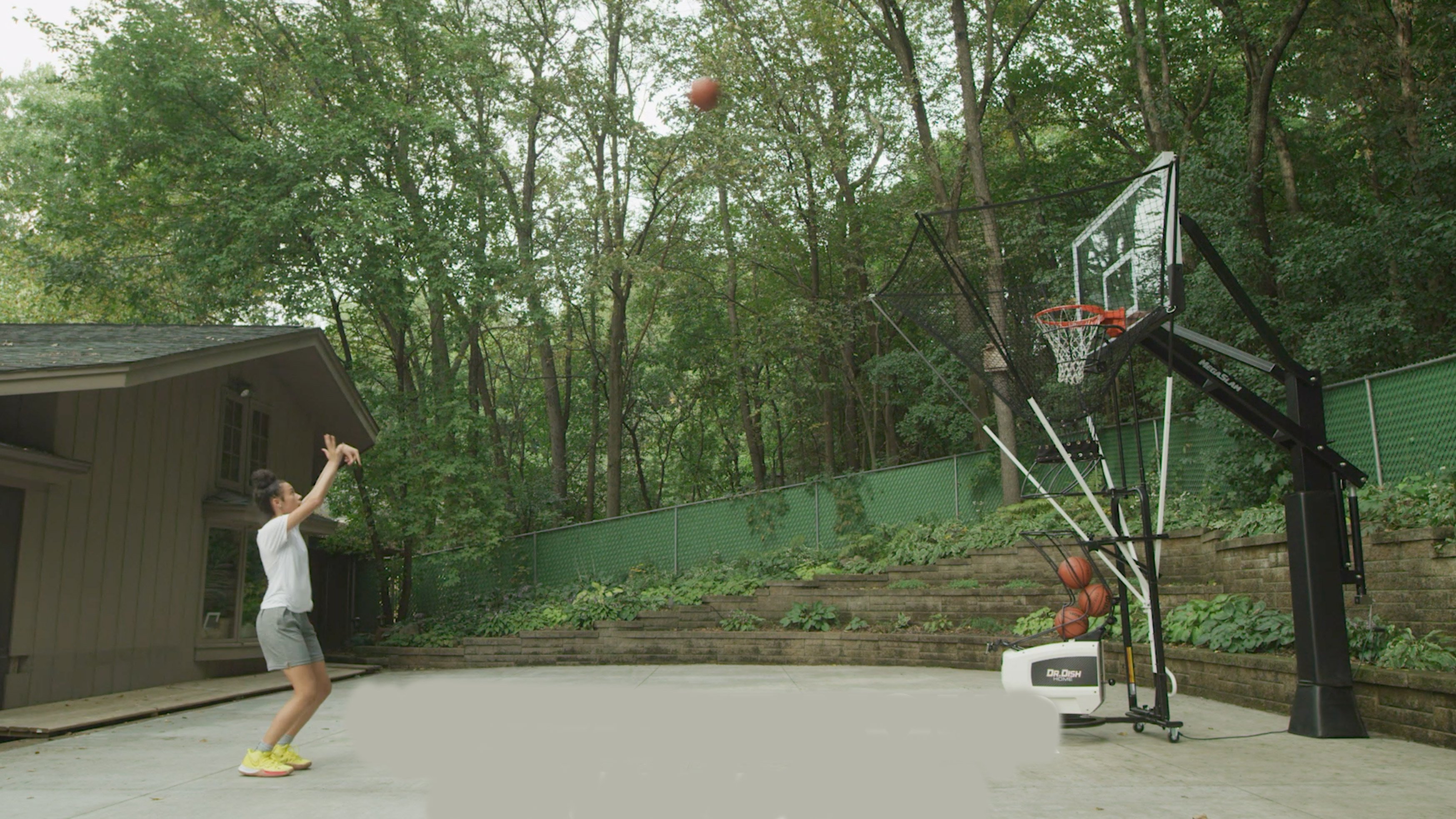
Click here for more info on Dr. Dish basketball shooting machines.
For drills and workouts using Dr. Dish, click here: https://www.drdishbasketball.com/resources



